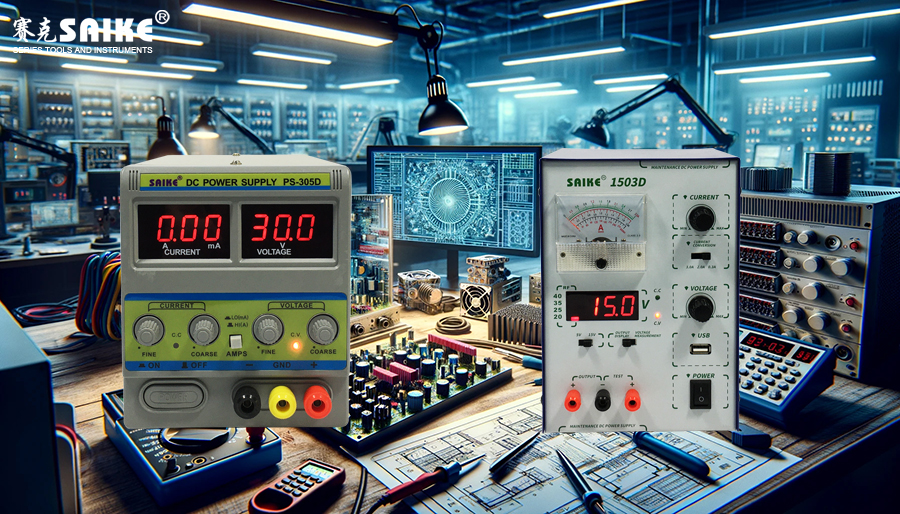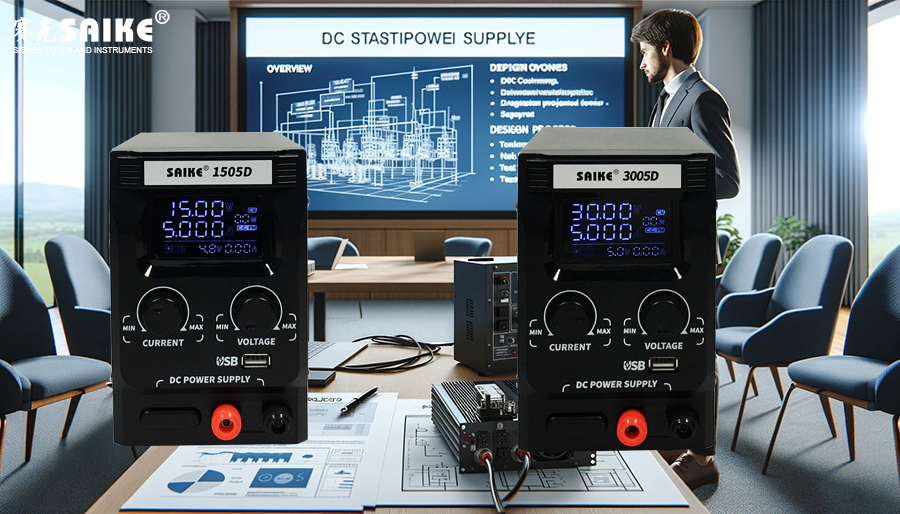
SK-YJ000ZLWYDY-KP 100019
Switching regulated power supplies are widely used in various electronic devices due to their high efficiency and robust performance. However, even highly efficient systems generate a certain amount of heat, requiring effective thermal management to maintain stable operation and extend the lifespan of the system. This article will explore the efficiency characteristics of switching regulated power supplies and key strategies for thermal management.
I. Efficiency of Switching Regulated Power Supplies
1.Importance of Efficiency
– The efficiency of a switching regulated power supply is a measure of how effectively it converts input electrical energy into output electrical energy. High efficiency means less energy is lost in the form of heat, thereby reducing energy consumption and heat generation.
2.Factors Affecting Efficiency
– Switching losses: Losses occur whenever switching elements (such as transistors) turn on or off. Conduction losses occur during conduction, while switching losses occur during the switching process.
– Conductor losses: These include resistive losses in inductors and power lines.
– Other losses: Such as the forward voltage drop of diodes and the power consumption of the control circuit.
3.Methods to Improve Efficiency
– Select switching elements with lower on-resistance.
– Use efficient drive circuits to minimize switching time and reduce switching losses.
– Optimize the quality and configuration of inductors and other passive components to reduce internal resistance.
II. Thermal Management Strategies
1.Causes of Heat Generation
– Even in efficient switching regulated power supplies, a certain amount of heat is generated during the conversion process, mainly from switching elements and inductors.
2.Heat Dissipation Methods
– Heat sinks: Install heat sinks on switching elements and inductors to help dissipate heat into the surrounding environment.
– Fan cooling: When heat sinks alone cannot provide sufficient cooling, fans can be used to force air circulation and improve heat dissipation.
– Heat pipes or liquid cooling systems: Used in higher-power or more compact designs to efficiently transfer heat from the source to the heat dissipation area.
3.PCB Layout Optimization
– Thermal management should be considered when designing PCBs, such as avoiding concentrated placement of high-power components and using appropriate copper thicknesses to optimize heat conduction paths.
4.Environmental Considerations
– Consider the ambient temperature of the equipment operation to ensure that the working environment of the switching regulated power supply facilitates heat dissipation, avoiding performance degradation due to overheating.
III. Conclusion
The efficiency and thermal management of switching regulated power supplies are crucial factors in ensuring power supply performance and reliability. By optimizing the design and adopting appropriate thermal management strategies, the overall performance and stability of the switching regulated power supply can be significantly improved. Effective thermal management not only extends the lifespan of the equipment but also keeps it running in optimal performance, which is especially important for power-intensive electronic devices or those operating in harsh environments.


